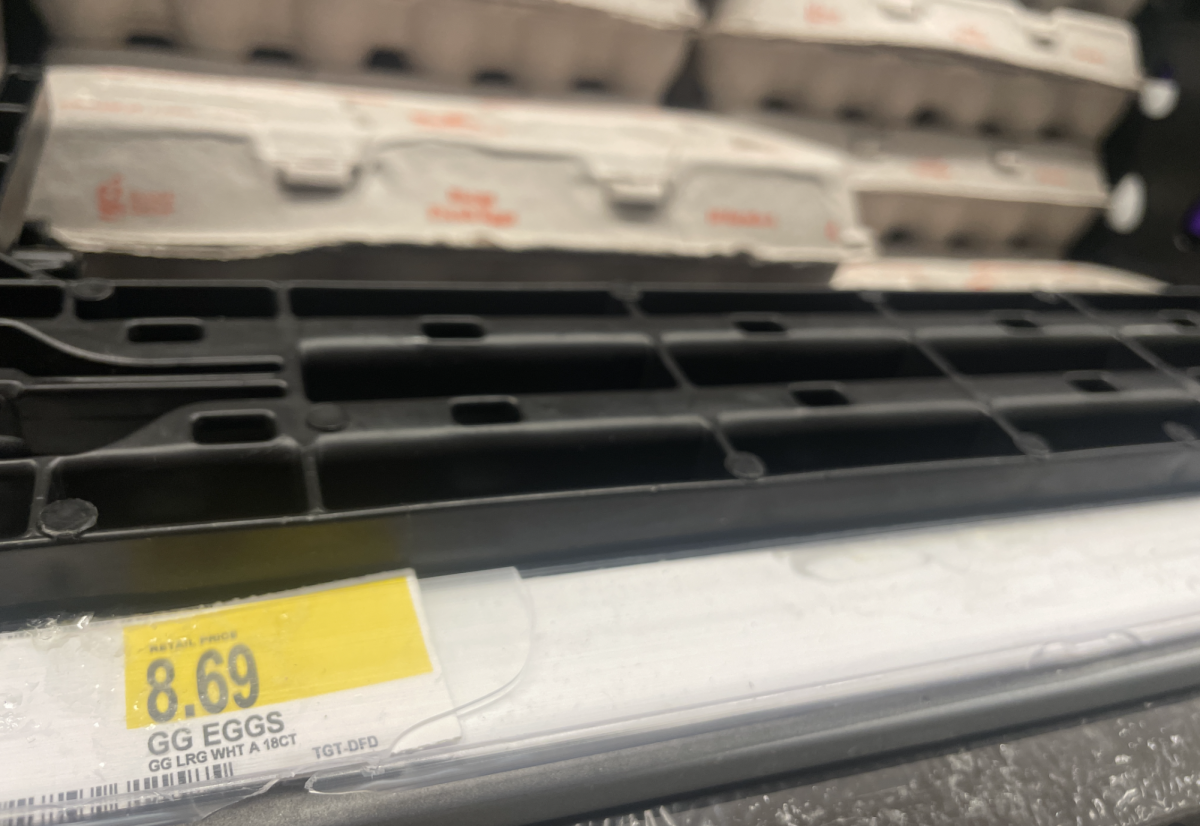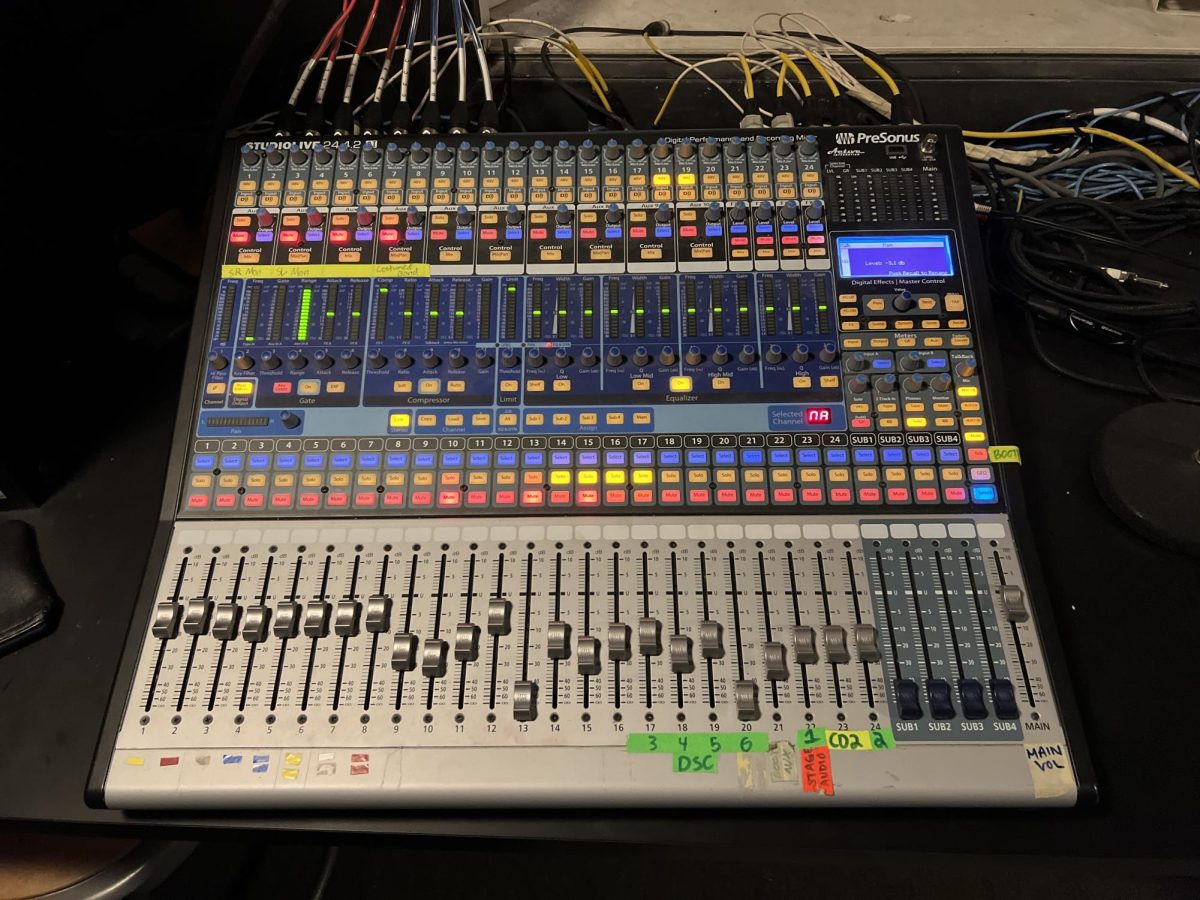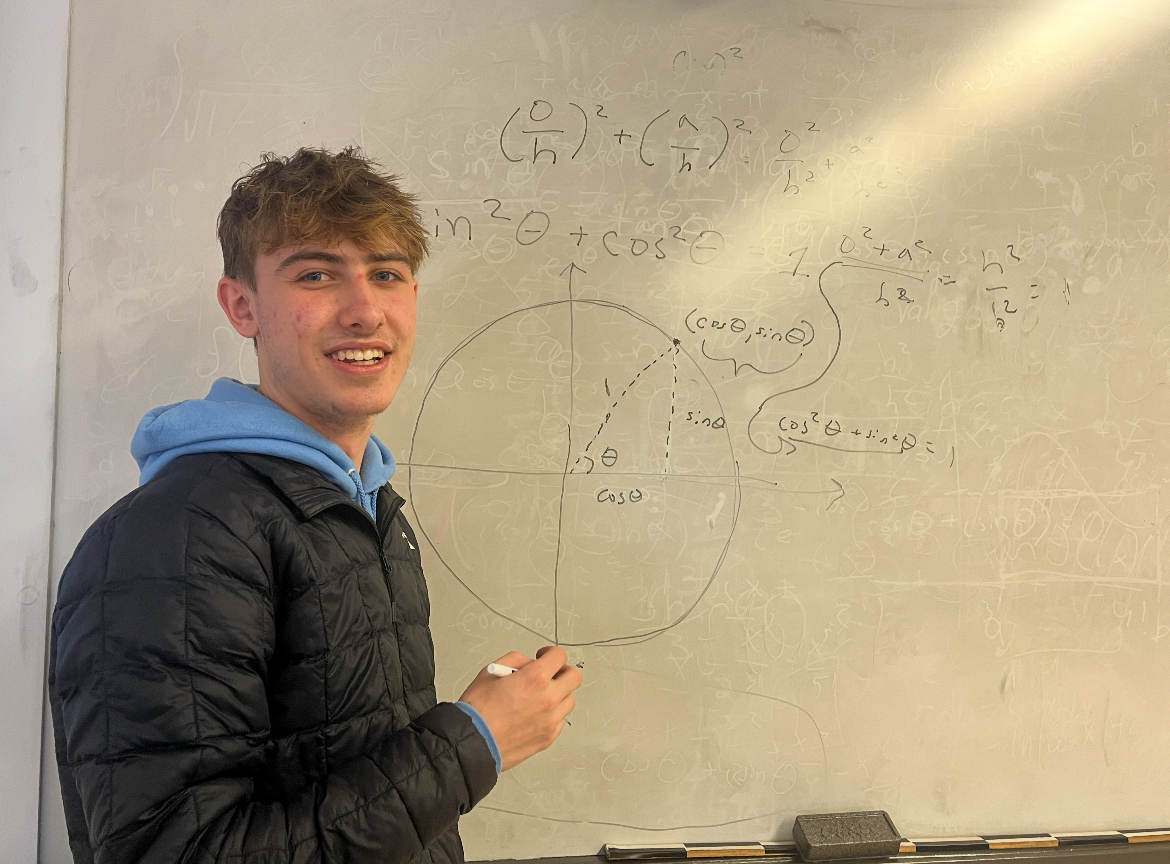Students are worried that MFS’ GPA conversion methods aren’t fair to every student.
In most schools, GPAs are taken from averages of students’ numerical grades. However, at Moorestown Friends School, students’ numerical grades are converted to letter grades before a GPA is calculated.
This means that two students with different numerical grades could still be in the same range for letter grades and receive the same GPA.
One concerned student, ninth grader Christine Chandran, stated: “I don’t think it’s particularly fair; it can benefit one person, but of course it can [negatively] affect someone else. If I had a 96 percent and someone else had a 93 percent, we would still have the same GPA in the end.”
If students are always at the top or bottom of these ranges, their GPAs do not show an accurate representation of each student’s grade. Some students have complained they are being cheated, because those who fall towards the bottom of a range will have the same GPA as someone who falls at the top of a range in the grading scale.
This is the current method used at MFS when converting numerical grades to GPAs:
|
Grade |
Numerical Equivalent |
Numerical Equivalent In An Honors/AP Class |
|
A+ (98-100) |
4.3 |
4.6 |
|
A (93-97) |
4.0 |
4.3 |
|
A- (90-92) |
3.7 |
4.0 |
|
B+ (87-89) |
3.3 |
3.6 |
|
B (83-86) |
3.0 |
3.3 |
|
B- (80-82) |
2.7 |
3.0 |
|
C+ (77-79) |
2.3 |
2.6 |
|
C (73-76) |
2.0 |
2.3 |
|
C- (70-72) |
1.7 |
2.0 |
|
D+ (67-69) |
1.3 |
1.6 |
|
D (63-66) |
1.0 |
1.3 |
|
D- (62-60) |
0.7 |
1.0 |
Chandran added that she doesn’t “think it’s fair because different schools have methods of grading that are more accurate” than the grading at MFS.
Another student opposed to MFS’ method of grading, Olivia Rutherford, said that she thinks “we should average the number grades before we convert it into a letter.”
The chart below shows the way grading works at MFS. We calculated GPA after converting each numerical grade to its GPA equivalent, then averaging the GPAs for each class together.
When using this method, Person #1 and Person #2 have the same final GPA; however, their number grades are different. Note that the two grades for each subject are at the top and bottom of the range used to calculate the letter grade. For example, a 97 and 93 both convert to an A.
Grading At MFS
|
Subject (Non Honors) |
Person #1 |
Person #2 |
GPA |
|
English: |
89 |
87 |
3.3 |
|
Math: |
97 |
93 |
4.0 |
|
Science: |
92 |
90 |
3.7 |
|
History: |
86 |
83 |
3.0 |
|
World Language: |
97 |
93 |
4.0 |
|
Final GPA: |
3.6 |
3.6 |
These charts show how other schools calculate GPAs, like Gloucester Institute of Technology, Cedar Creek, Our Lady of Mercy Academy, Delsea Regional, St. Augustine Preparatory School, and many others throughout the state. Each person’s GPA is calculated after averaging the numerical grades together and then converting it into a final GPA.The numerical grade was converted to the letter grade after all of the numerical grades have been averaged together. Some schools use this method, but not MFS. Notice that each person’s final GPA has changed.
Grading At Other Schools (Person #1)
|
Subject |
Person #1 |
Averaged Number Grade |
|
English: |
89 |
92.2 (A-) |
|
Math: |
97 |
|
|
Science : |
92 |
|
|
History: |
86 |
|
|
World Language: |
97 |
|
|
Conversion to Final GPA: |
3.7 |
Grading At Other Schools (Person #2)
|
Subject |
Person #2 |
Averaged Number Grade |
|
English: |
87 |
89.2 (B+) |
|
Math: |
93 |
|
|
Science: |
90 |
|
|
History: |
83 |
|
|
World Language: |
93 |
|
|
Conversion to Final GPA: |
3.3 |
After taking a closer look at how GPA calculations are used at MFS and at other schools, specifically public schools, WordsWorth went to Math teacher Michael Omilian for more information.
Omilian has a significant understanding of GPA calculation, as he played a major role in the current method of GPA calculation at MFS, and said he is always open to discussion on the subject.
He explained why GPAs were needed: “GPA calculation is only used for two reasons. One is for representation on your college transcript and the other is for the Cum Laude or Honors Society.”
He continued to explain that a student’s GPA did not entirely represent them as a student at MFS and that the student’s involvement and activities were just as important as the grades. Mr. Omilian added that most students will not always be at the top or bottom of the ranges for letter grades (referring to our charts), so their GPAs for each quarter will average out to an accurate grade by the end of the year.
Omilian also provided information on how the grading system worked, which can be found under “College Counseling” on myMFS. One of the notable things he spoke about was how an honors class affects a student’s GPA.
He said: “Honors courses are considered weighted. We just add a 0.3 weight. So even though the students get a 3.6 as their GPA, colleges will look at the 3.3. The reason why we weight is because teachers consider honors classes harder. The colleges know that we weight the students, so it doesn’t really make a difference.”
Referring to this last point in Omilian’s quote, even though a student will have a 0.3 weight added to their GPA in honors classes, colleges are aware of this policy and will look more in depth at one’s GPA without the weight. However, ninth grader Gabby Makar still believes that MFS teachers and staff “should take [changing the GPA calculation method] into consideration. I think GPA-wise it would be a good idea because everyone’s GPA will be more accurate and show who has a better grade” even if colleges may overlook the weights added to GPAs.
After speaking with Omilian, WordsWorth brought further questions to Dean of Students Mike Brunswick, to ask why our GPA system works the way it does.
Brunswick responded, “Ever since I can remember as the Dean of Students, we circled around to this question a lot. There are a lot of philosophical components to this in terms of discipline. If you look at math, it’s easy to give a number grade, but in other classes it’s harder to convert a letter grade to a number grade. For us, this is what our school has deemed appropriate for our needs. We take into account what colleges are looking for. This is from letter and number grades to GPA averages. We’re always evaluating.” There was no specific time given for when staff members discuss GPAs, but it has been expressed that the topic is often brought up.
Both Omilian and Brunswick’s insights hopefully can allow students to have a better understanding of how GPA calculations work. GPA calculation methods are always being considered, and administration is aware of the stress grades can put on students within the school. If any students or guardians have further unanswered questions about grading, they can email the school’s college counselors or other members of administration for more information.







